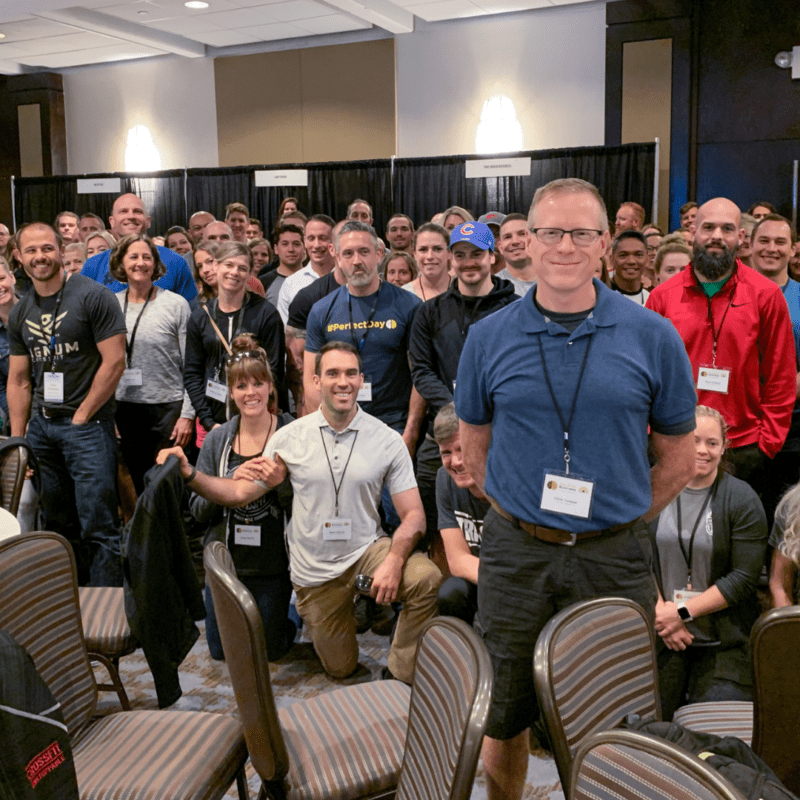On Sunday, I posted “What’s In Your Note?“. I asked readers of this blog to send me a short reply. I wanted to know what short message they’d send to a struggling gym owner–or to themselves in five years. Over 50 responses came back in the first 50 hours. Without opinion, correction or embellishment, here they are: Love yourself first Feel fear and face it Be early Make happiness Big vision, Golden Rule, Relentless pursuit of excellence, Embrace failure “You are a business owner, humble yourself, never stop learning, remember your why.” Trust your instincts more its your vision, your dream and your ass on the line! Never forgot to keep smiling. It will be fun, hard, beautiful, tough, outstanding, rewarding, stressful at times but you get to change lives. Set up rules right away. Stick to your values & please pay your self. Be real about the brutal facts of your current situation but be optimistic about what the future holds. Look inward to know why you are doing this and stop there. Don’t try to instill your values on everyone else. Help them improve their best values they already have. “Finding the right staff that shares your vision and is hungry for more. But more importantly communicating with them better and more often!” “Get paid what you are worth. But provide the same back.” Stay in the fight. Find solutions. Understand your why Client shoes Consistency Increase client value everyday Innovate Differentiate It’s okay to ask for help. Charge what you’re worth. Never forsake your happiness. Start for the right reasons, hire 2BB, profit first, stay grounded “It’s easier to do things right the first time. Choose wisely” ‘Hire someone smarter than you’ 35-50 professionals is better niche than Games athletes. Give more charge more. Start small and outgrow your box. When deciding to take on a partner, ...
Read More →
